The CapriHorn
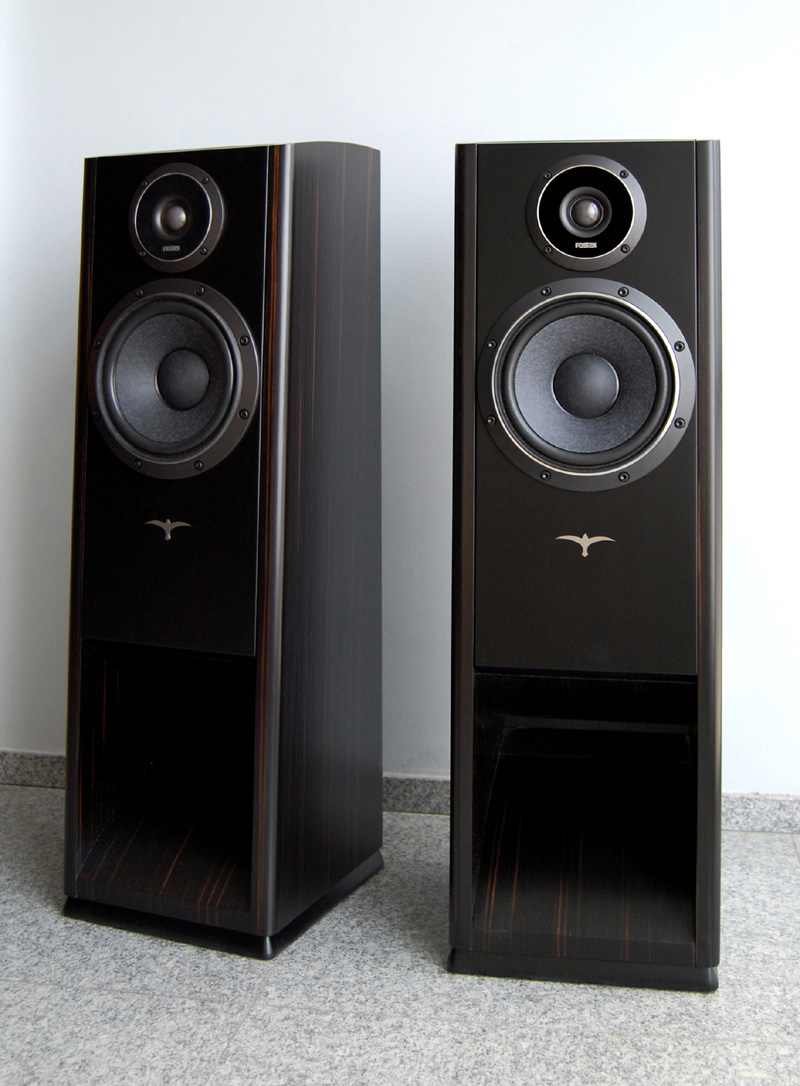
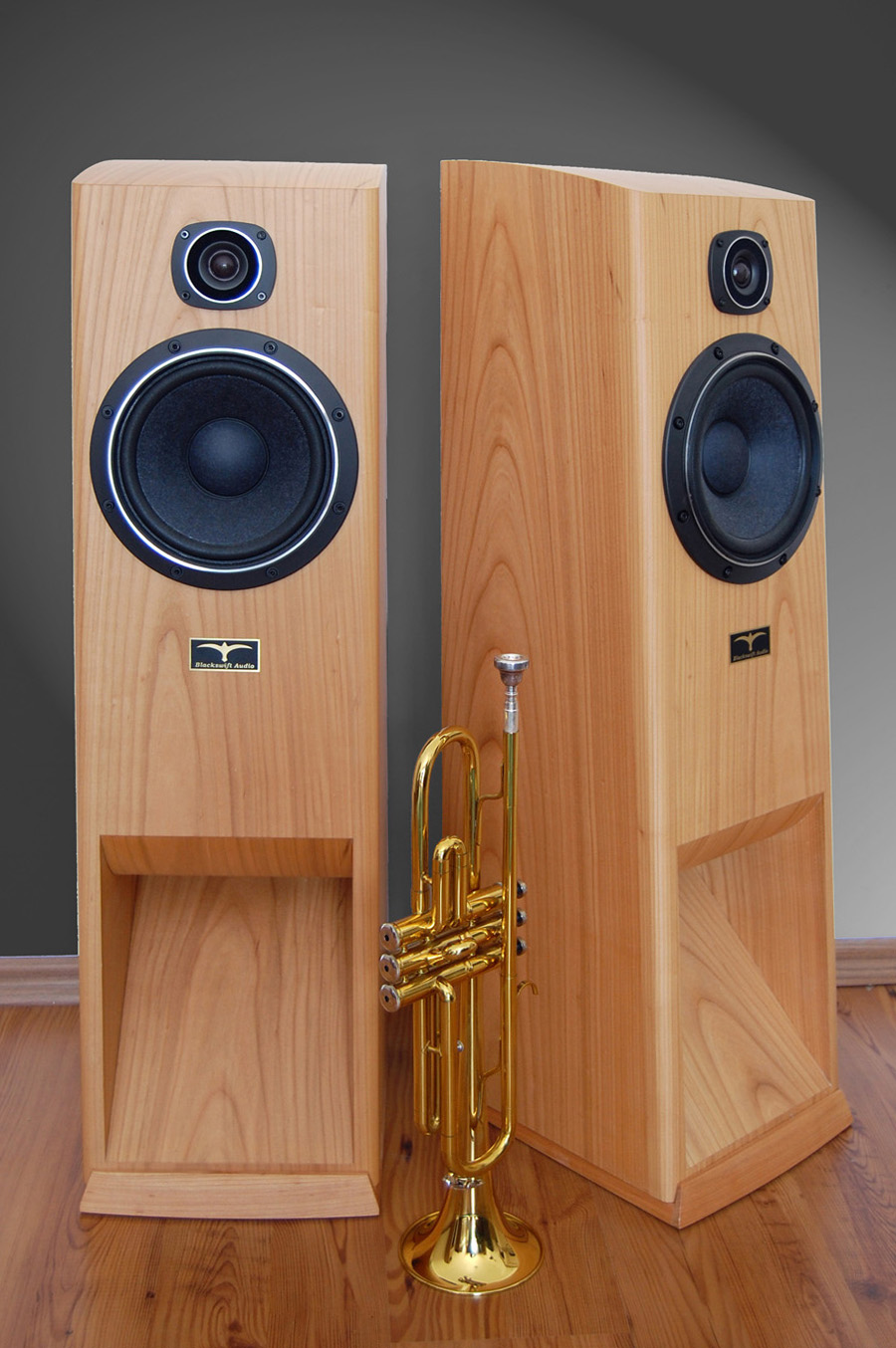
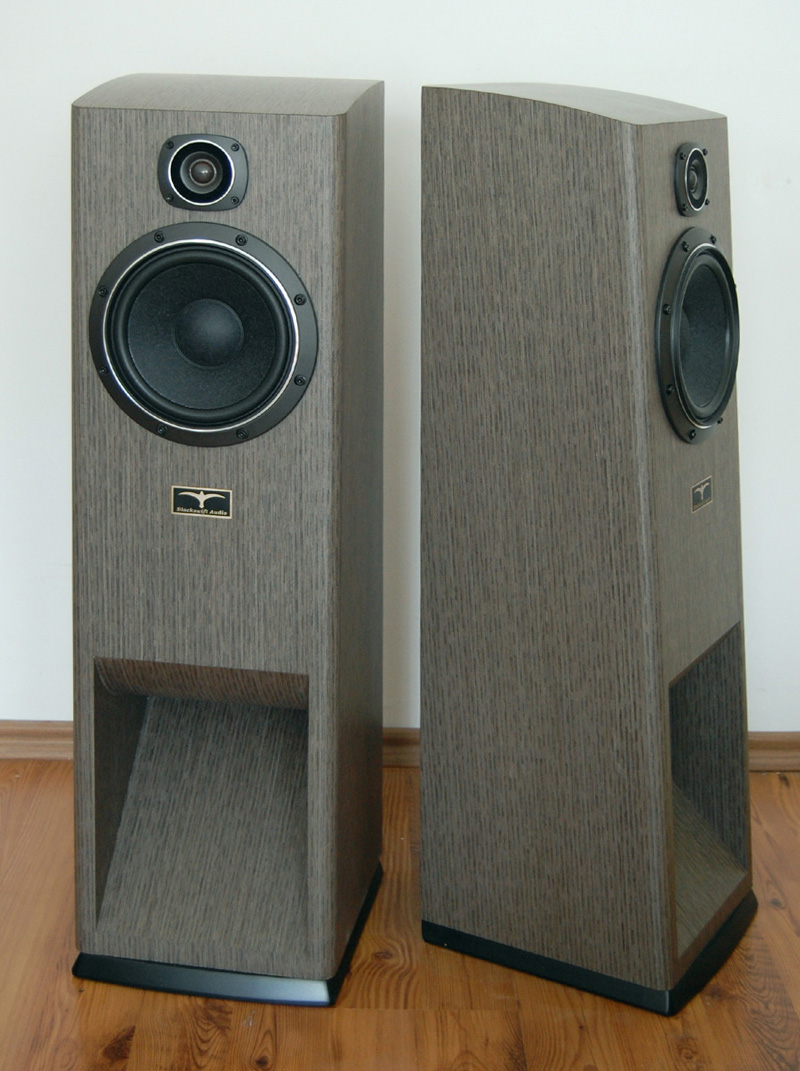
It all started in 2006 with purchase a set of Fostex FW-208N and
FT28D drivers. There were a lot of discussions in the DIY community
concerning the midbass driver. With its excellent Xmax, wide
frequency and impulse response this is very promising loudspeaker for a real High-End project.
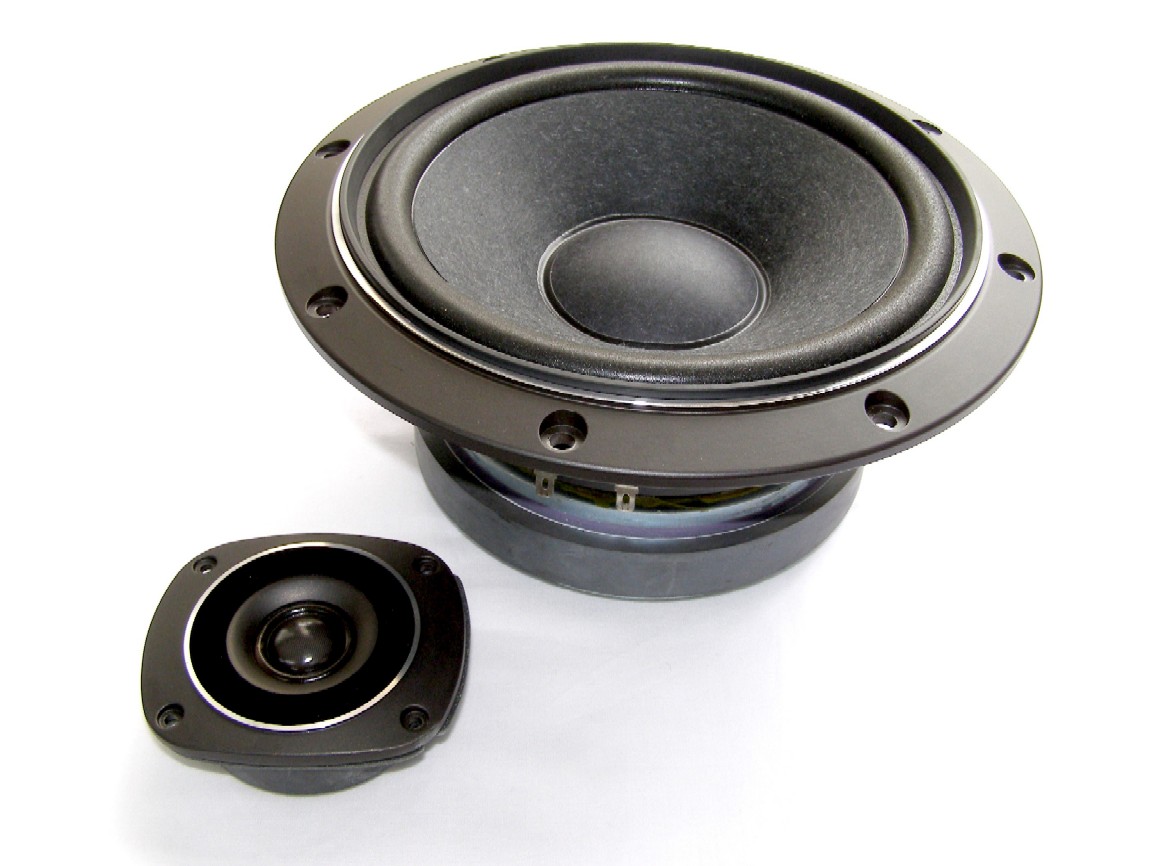 Both drivers use specially developed membranes. The midbass membrane is made of paper with special polymer wool fibres included. Here is a macro photography of their structure:
Both drivers use specially developed membranes. The midbass membrane is made of paper with special polymer wool fibres included. Here is a macro photography of their structure:

The tweeter is with silk dome with a special latex coating, that allows to keep its shape even a very thin fabric is used. The result is 50kHz high frequency range.
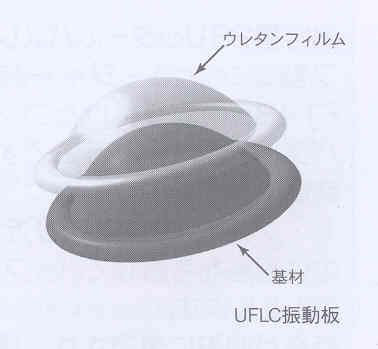
The unique set of T/S parameters of the midbass driver allowed me to design a Short Horn (BVR) construction with it. This system was created especially for small to medium rooms where it is not possible to achieve a good stereo image using conventional speakers. CapriHorns deliver an excellent stereo "stage" even with short (2m) distance between the speakers. This is due to the carefully designed first order crossover and the sloped front panel.
The other important think is the bass fundament. The BVR boxes are not so large as the "classic" back loaded horns and there is not extra sensitivity achievement. However the low frequency response is deep and have nothing common with monotonous bass of the regular bass reflex boxes.. Unfortunately this kind of systems need very accurate assembling. The contour of the horn itself is extremely important.
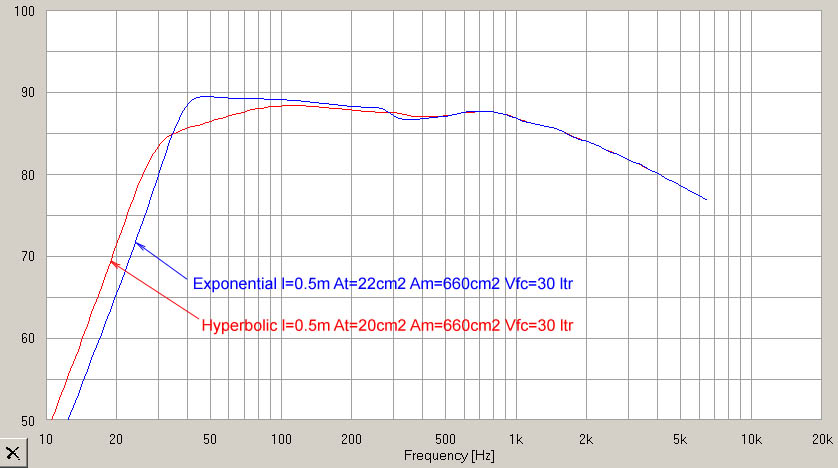
I developed two versions of the enclosure, which differ mainly in the horn contour. The hyperbolic contour delivers deep, smooth and musical bass fundament. The bass of the exponential version is fast and striking.
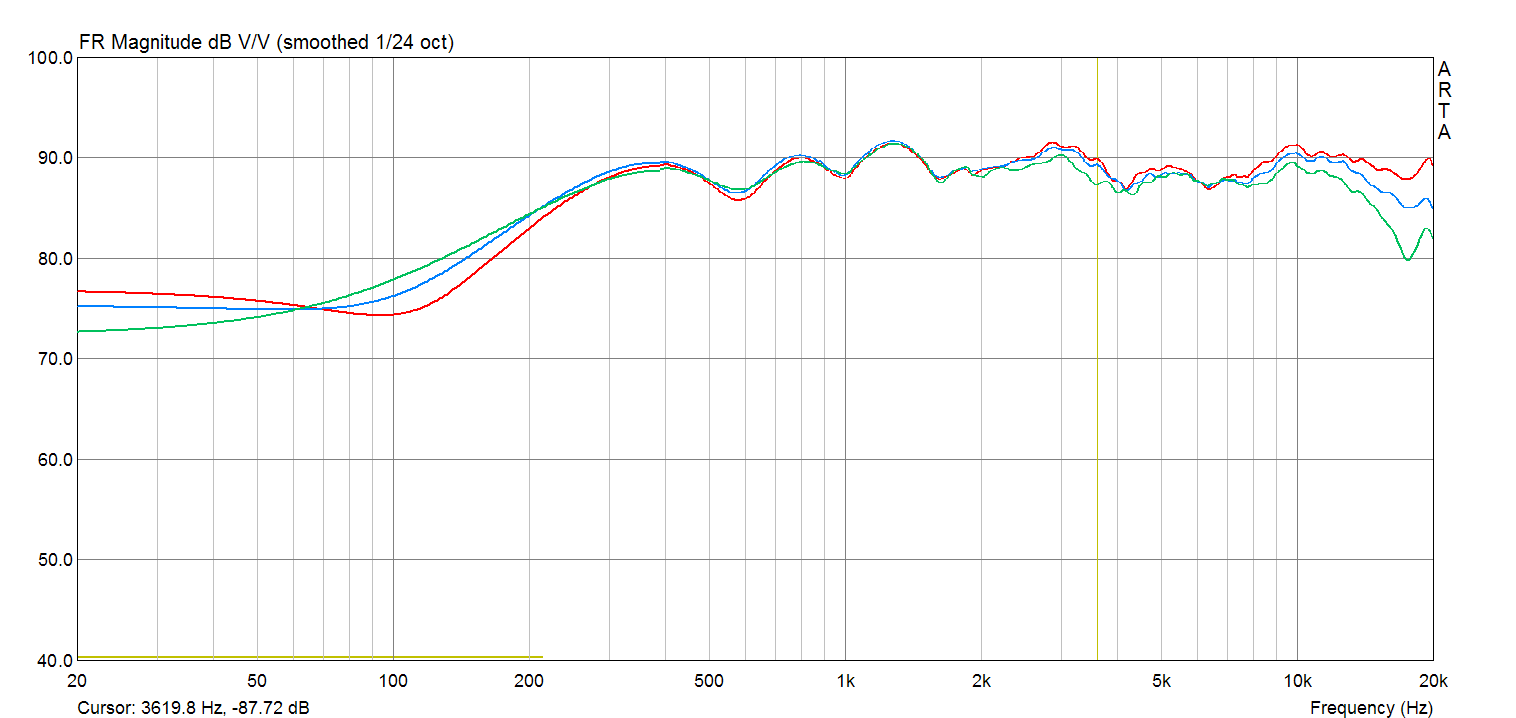
Frequency response at 1m with 2.83 V input RED - on axis, BLUE - 15 º off axis, GREEN - 30 º off axis
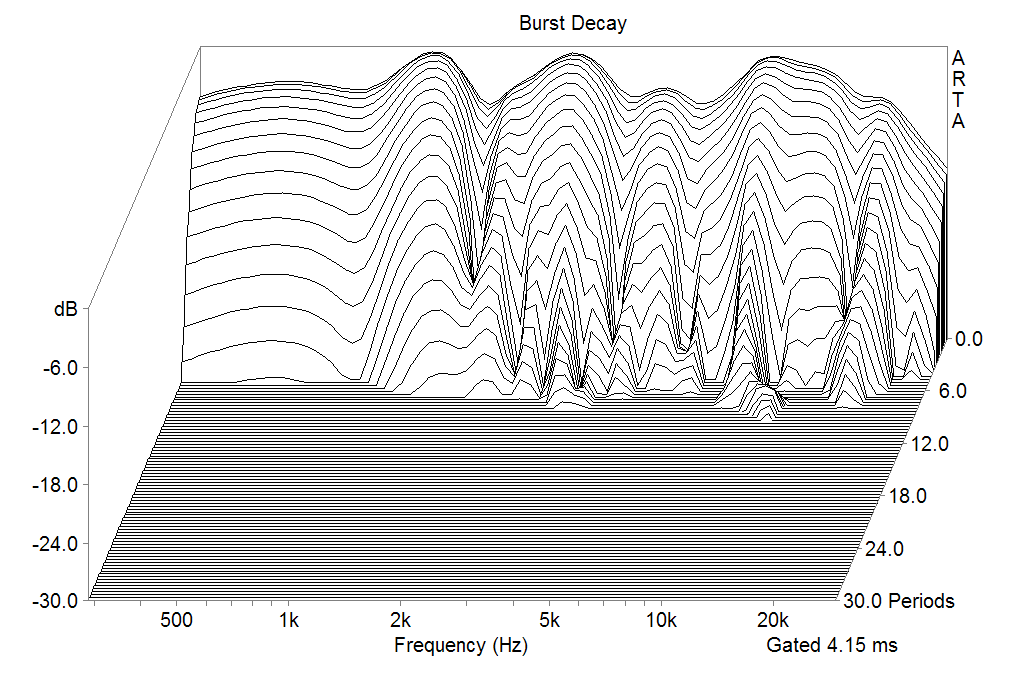
Burst decay response, measured at 1m on axis
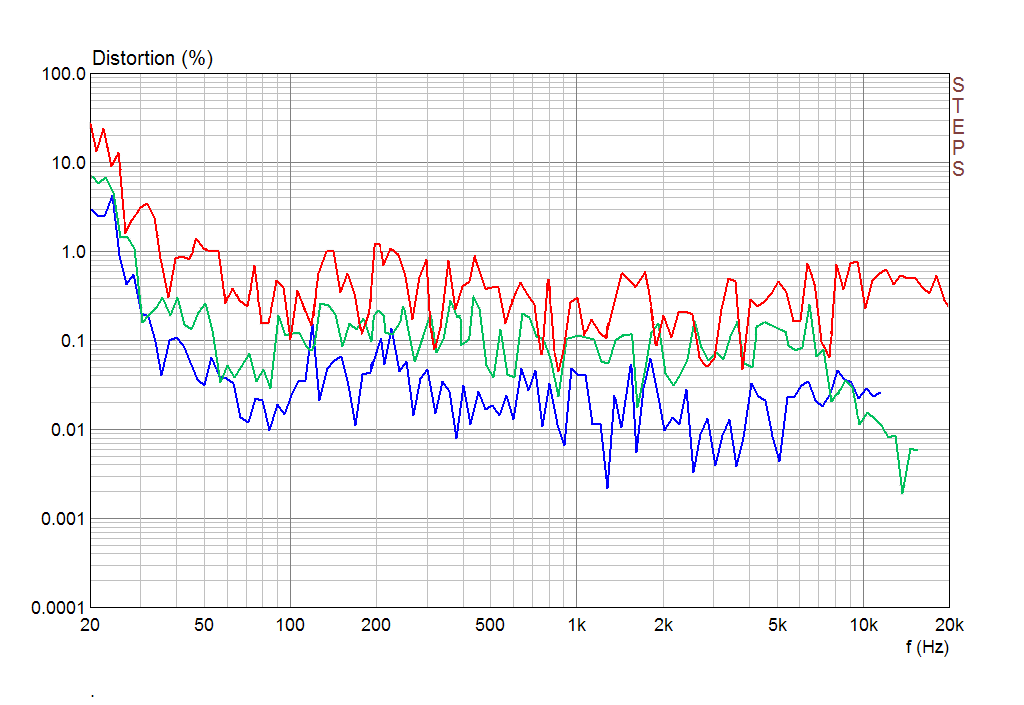
The second, third and fourth harmonic curves measured at 2.83V input RMS.
How the result sounds like?
The first impression when you listen the CapriHorn for the first
time is a sense of wide and deep soundstage even the loudspeakers
are narrow placed (2 meters or even less). The bass of both versions has
a good transient response, with strong impact. The presence of all
instruments and vocals is faultless. The sound of the upper
midranges and trebles is open and very musical.
Conclusion: The CapriHorn is extremely appropriate for a small listening rooms, when a wide placement of the speakers is not possible, but it can as well fill with sound relatively large spaces. The tonal balance is great, regardless of the application and the choice of the amplifier - tube or solid-state.

